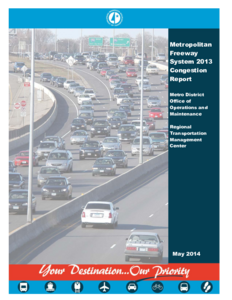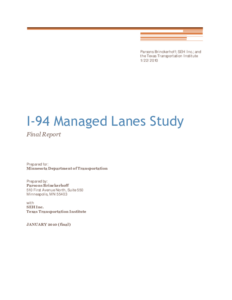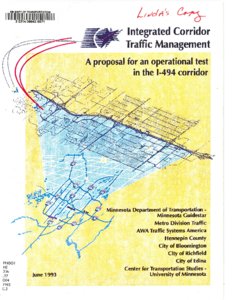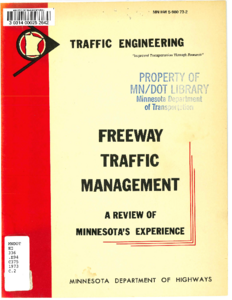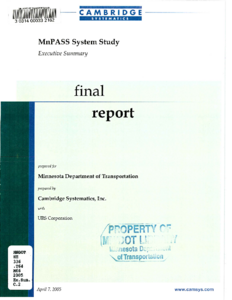I-94 Managed Lanes Study: Final Report
Date Created
2010-01
Description
Operational test of integrated corridor traffic management (ICTM) in the I-494 corridor : 34th Avenue South to East Bush Lake Road, cities of Bloomington, Richfield and Edina
Date Created
1993-06
Description


